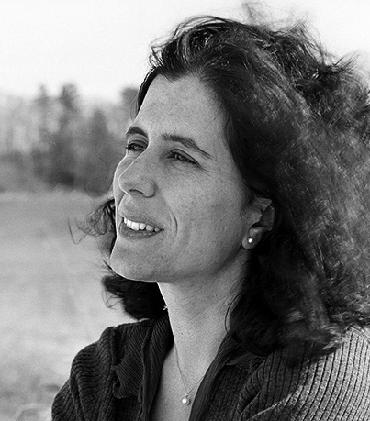Building Character
Every April the kids and I head south to NYC, trading muddy fields and snow banks for daffodils and blooming magnolias. My mother, the artist Cynthia Lamport, has a long list of museums for the kids to visit.
We all loved the experimental design exhibit at the Cooper-Hewitt. There were robots, computer simulation games, modern furniture, fashion, light shows, interactive house designing and Chip Kidd’s futuristic book jackets. The Design Triennial is really a children’s museum for preteens through adults with an eye to the future. By contrast, the museum itself is an ornate gem of pre-war architecture with elaborate carved moldings.
My parents took the children on an historical tour at the Tenement Museum on the lower Eastside while I worked. We have an ancestor, who in the turn of the last century was living in similar accommodation, crammed 6-12 people to an apartment of 325 square feet. This was both living and working space for the tailors. My great grandfather went on to become a union official in the garment industry.
While the kids were visiting the Museum of Natural History, I met my brother for lunch downtown with his colleague. They are architects at a large, prominent firm. Lunch wasn’t just for fun. The protagonist of my third book hails from a small town in northern Maine and works as an architect in NYC.
My brother’s colleague talked about the experience of being a woman directing a male construction crew. There are a few female electricians, but it’s a testosterone-infused jobsite. At the beginning a woman architect has to fight hard to win respect. Some of the men will say things like, “I bet you thought it would be all picking paint chips.”
After proving herself, a female architect often makes a better manager due to excellent interpersonal and organizational skills. She can earn love as well as respect and encourage people to work as a team.
Although most architecture schools have a 50/50 female to male ratio, most large firms are 40/60 at the junior level, and this ratio drops as you rise through the hierarchy. At this firm there are only two women out of nine full partners: one woman who never married nor had kids and a single mother who adopted.
Parenting is difficult because architects work long hours and need to prove themselves in their early 30’s. The pay is low, comparable to academia but with very limited vacation time. There are all-night charettes to make deadlines. The hours only increase with promotion. Worst of all, an architect has little control of her time.
My brother’s colleague, an avid reader of fiction, would love to join a book group but could never commit to a weeknight regularly. Work comes home thanks to Blackberries, known as “crackberries” since architects check them like addicts.
My brother decided he wanted to be an architect at age five. Most architects come to the profession at a young age like a calling. Watching my brother make his dream a reality has given me a feel for the character of architects and an understanding for the profession. His colleague agreed to be my bridge to the female experience.
It may sound confusing that I’m researching my third novel while I’m still writing my second novel. It’s no more difficult than reading two books at the same time and means that I never have wasted time if my manuscript is out being read.
I like to spend time getting to know my characters and structuring the plot before I start writing. It’s never set in stone but gives me a sound foundation upon which to build.
Labels: career and family, mud season, museums, Not Cricket, NYC, vacation, writing

